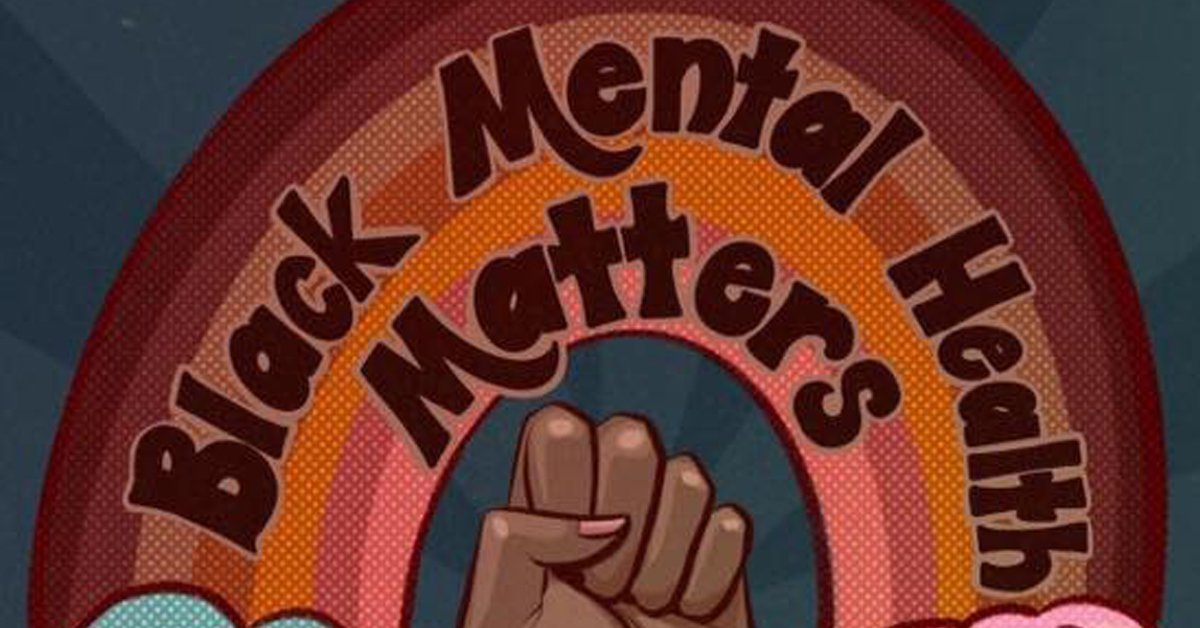How many times have you made little Tommy give Grandma a hug, or scolded him because he didn’t want to give Aunt Sue a kiss?
Or given into that hug at the family barbecue from the creepy neighbor that stopped by, because you didn’t want to seem rude? Remember how it felt when that person grabbed your ass at the bar? Ever been pressured into having sex with someone?
These scenarios are all consent violations.
I know I am guilty of the first scenario with my own children. It wasn’t until I entered the Leather scene that I understood all of these things to be consent violations. Knowing this has helped me become a better parent, and a better person.
In the Leather world, informed consent is our number one rule.
It’s mandatory, non-negotiable, and can be given and taken away at any time — for any reason, or no reason at all.
“When it comes to BDSM, consent and communication are the primary focus as opposed to an assumed afterthought,” writes Michea B, a nonbinary BDSM blogger. They explain how consent is part of BDSM regardless of whether sex is involved and “is often re-established” during a scene, “if the partners are communicating well.”
See, we in the Leather community respect people’s boundaries and their autonomy, belongings, bodies, time and attention.
In daily life, asking for and receiving consent may look like this: Someone’s necklace is kinked up. You’re in the middle of a conversation with them and reach over, fix the necklace, place it back down on their neck, and continue your chat.
To be mindful of consent, you’d ask that person, BEFORE reaching over, “Hey Sam, I see your necklace is all kinked up. Would you like me to fix it for you?” You’ve now given Sam autonomy and are not violating their consent. Sam can now tell you if they would like you to fix the necklace, or not.
Going back to little Tommy or Sarah… they may be little people, but they also deserve autonomy of their bodies. If during the winter holiday, they don’t want to give cousin Joe a hug or get their cheeks pinched by Grandma, let them make those decisions for themselves. When I approach my children, or a friend, I always ask if they would like to hug.
They can say no, and I am to respect that boundary. Not doing so is violating their consent; just because I hugged someone yesterday doesn’t mean they may want to be hugged today! If you help children understand they do not have to consent to contact they don’t want, that they can say “yes” or “no,” you set them up for adulthood. You help them understand boundaries.
In BDSM, this is especially important. In scenes, which are the pre-agreed happenings between a dom and a submissive, you need to feel safe. You need to trust the person(s) you may be playing with.
Before a scene, informed consent is typically negotiated via a contract or verbal agreement. During a scene, this is maintained by using safe words. The submissive may agree to a scene — and as Michea B wrote, if that submissive calls their “safe word” to pause, you need to stop everything and check in with them. Continuing with the scene under these circumstances is a consent violation and can be damaging.
BDSM and kink can be a wide range of things that can push boundaries of pain, sexual contact and even danger.
The key is for all parties involved — whether the dominant or the submissive — to understand each other.
Both parties also need to understand what informed consent means. “Informed consent means being as clear as possible with ourselves – and others – what we’re asking for, suggesting, offering, etc. and where we’re coming from,” writes Meg John-Barker, a former therapist and author of Rewriting-the-rules.com
Like all communities, the Leather community is not infallible. As in all communities, the kink community has some predators that are violent and care not for your consent. When we know of them, we sound the alarm. Doing so can feel divisive; you then need to look inside of yourself and decide which side of the aisle you fall on.
There’s a saying: If it isn’t an enthusiastic ‘yes,’ it’s a ‘no.’ Think of your interactions with people. Do you violate their consent? Do they violate yours? Try some consent on, and see how you feel. It can be life-changing.










